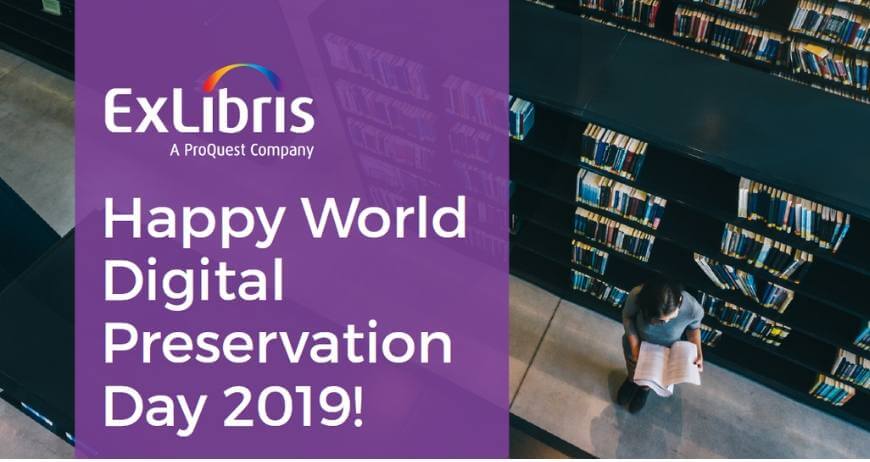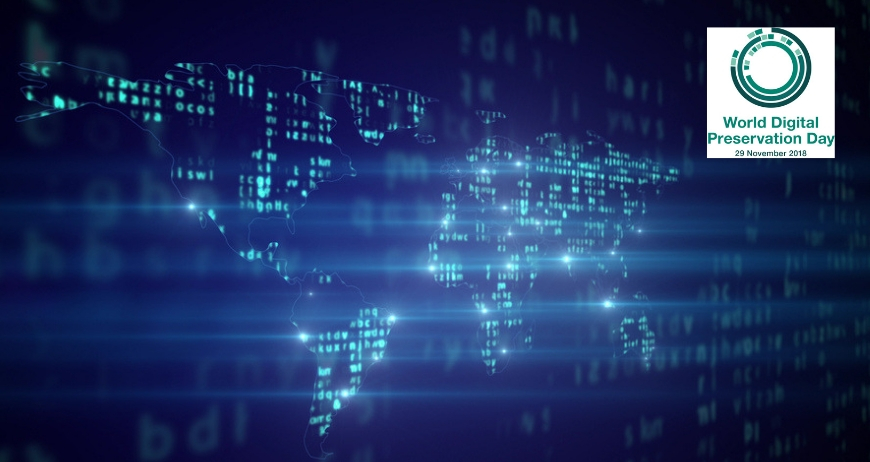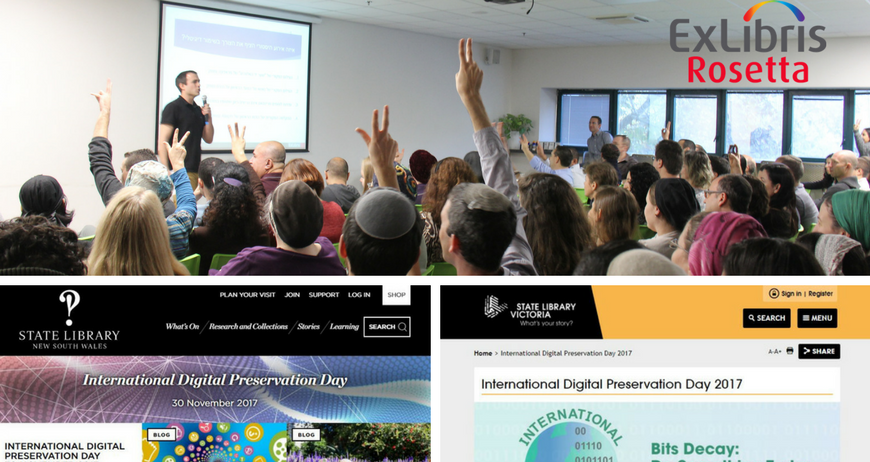Adi Alter, Rosetta Senior Product Manager, Digital Preservation and Management, Ex Libris
I am frequently asked how necessary it is to apply digital preservation strategies and how frequently data is actually lost in the absence of such a strategy. I believe that this question should be addressed from a different angle – how great will the loss be if it occurs? What are the consequences of losing data and can your organization bear them?
Everyone has felt the frustration of losing an important image or of being unable to open an old document that was created using an obsolete software application. In some cases, however, the damage can be much, much greater. There are many examples of significant data loss, and all the incidents described below demonstrate how common this loss is and how distressing it can be for the different institutions that suffer it.
- In the early 2000s a team of retired NASA employees embarked on a search after the original tapes that recorded the sights transmitted from Apollo 11 during the first moon landing in 1969. Eventually it was discovered that these tapes had been erased and reused by NASA in the early 1980s, probably due to the data tape shortage at NASA at that time and due to the fact that these tapes were not adequately labeled.
- During the Egyptian revolution of 2011, the Egyptian Scientific Institute, established in 1798 by Napoleon Bonaparte, was set on fire. As a result, the Institute lost about 85% of its archives, a tremendous loss to humanity.
- On October 30, 2012, hurricane Sandy hit New York City and destroyed the Eyebeam collaborative studio’s archive of analog and digital media which chronicled the organization’s fifteen years of experimental art and technology.
- In 2015, a water pipe burst in an archive of the New York Times, leading to the damage of unique historical photos and other documents. The flooding was discovered by a lucky coincidence when a news assistant entered the New York Times “morgue” to find a photo. Otherwise the damage could have been even more extensive.
Whether it’s a natural disaster, vandalism, or just poor preservation standards, the result is the same: a severe—and mostly avoidable—loss. Some of these institutions managed to restore portions of the damaged material through expensive and time-consuming techniques. But in other instances, the material could not be salvaged, resulting in the loss of irreplaceable pictures, maps, documents, and other assets. The loss to our cultural heritage cannot be quantified.
Some of this loss could have been mitigated if the data had been digitized and replicated across multiple locations. But nowadays, when digital data is outnumbering analog data, these traditional preservation techniques are simply not enough. Even material that is preserved digitally can easily become obsolete and inaccessible. It is crucial to make sure that digital data can be rendered and will continue to be accessible over the course of time and that frequent technology changes will not result in turning the data into a useless set of bits and bytes. This is the purpose of a true digital preservation strategy, and this is what we owe future generations.
To learn more about creating your digital preservation strategy, download our latest white paper: Current Issues in Digital Asset Management and Preservation.







